15 Fast Food Chains That Are Losing Fans Across The U.S.
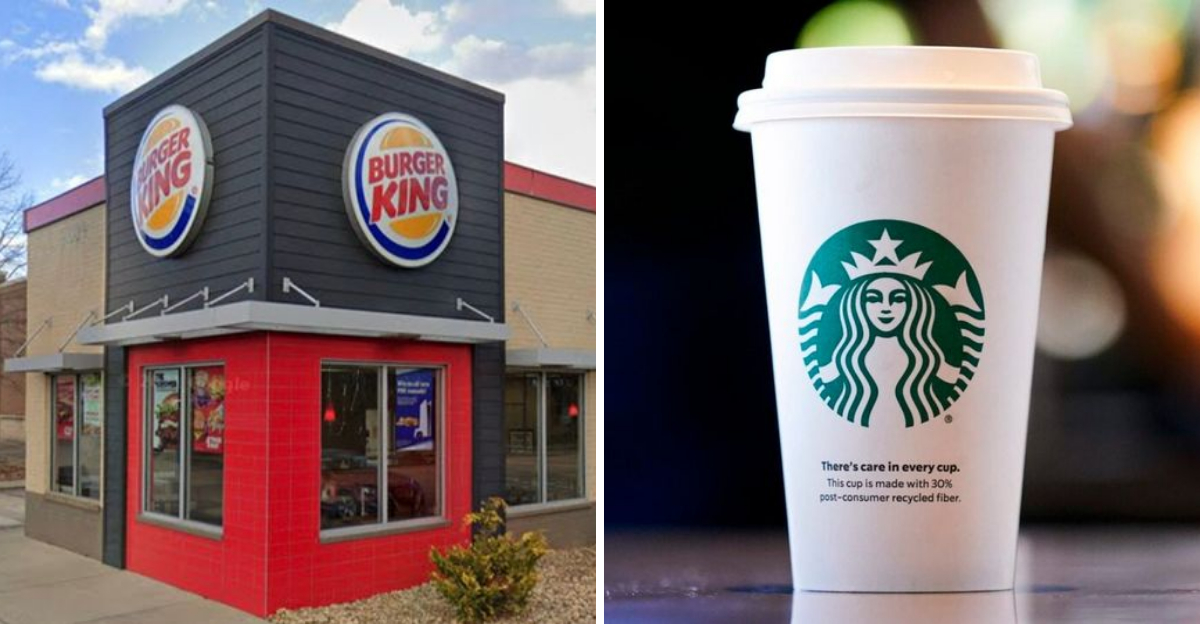
In a rapidly changing culinary landscape, even the most established fast food giants are feeling the heat. With evolving consumer preferences and economic pressures, several chains are witnessing a decline in popularity across the United States. This blog post explores fifteen such fast food chains that are losing their fan base, delving into the reasons behind their waning appeal.
1. McDonald’s
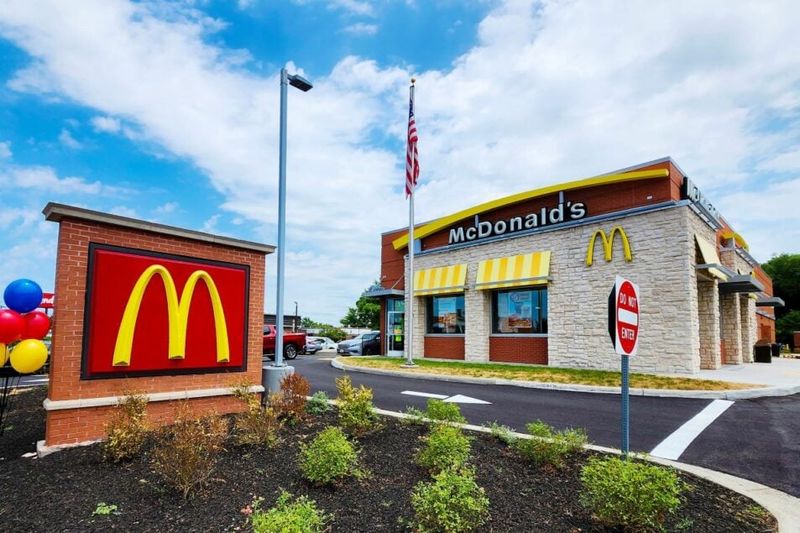
McDonald’s has long been a staple in fast food, but it’s experiencing one of the steepest sales declines. Price-sensitive customers are opting for alternatives, seeking budget-friendly options. The chain’s response to rising costs by increasing menu prices has not been well-received by its core audience.
Despite efforts to innovate with healthier menu options, McDonald’s struggles to maintain its foothold amid fierce competition. Recent years have seen a growing trend of consumers favoring local eateries over global giants, leading to a significant drop in foot traffic.
Did you know? The Big Mac was introduced in 1967, becoming an iconic symbol of American fast food.
2. Wendy’s
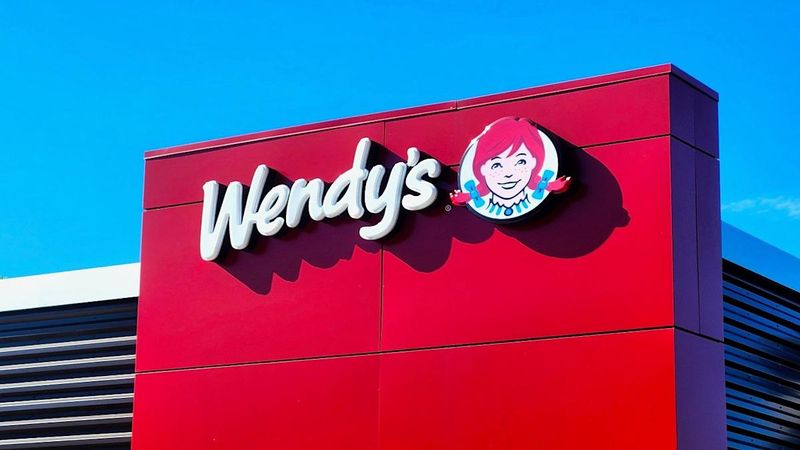
Once revered for its fresh, never frozen beef, Wendy’s is facing slipping sales and leadership shakeups. Fans are less enthusiastic as the chain reevaluates its strategy amidst fierce competition. The once vibrant brand is now struggling to maintain its allure.
Recent changes in menu and marketing strategies haven’t resonated well with the target audience. Wendy’s commitment to quality remains, but its ability to attract and retain customers is waning.
Fun fact: Wendy’s was the first fast food chain to introduce the drive-thru concept, changing the fast food industry forever.
3. Burger King
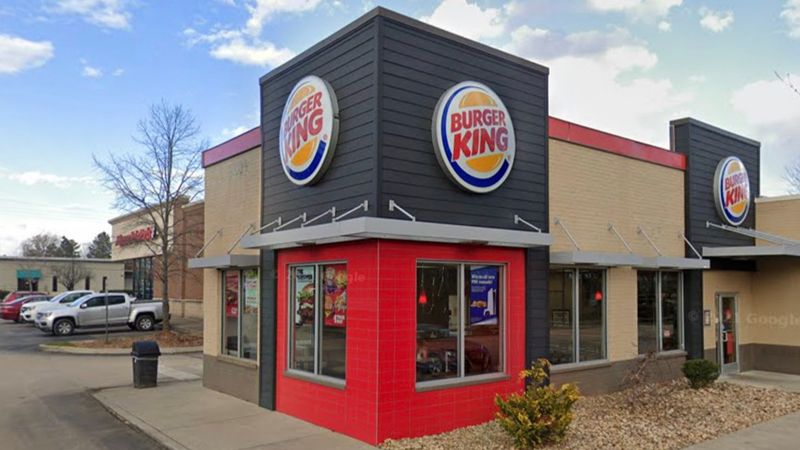
Burger King continues to grapple with brand identity issues, facing stiff competition from newer, trendier options. Foot traffic is on a downward trend as consumers seek more contemporary dining experiences.
Efforts to revamp the menu and introduce modern, health-conscious options have yet to pay off. The brand’s struggle to redefine itself in a saturated market is evident.
Quirky fact: Burger King was originally named “Insta-Burger King” when it first started in Florida in 1953.
4. Chipotle
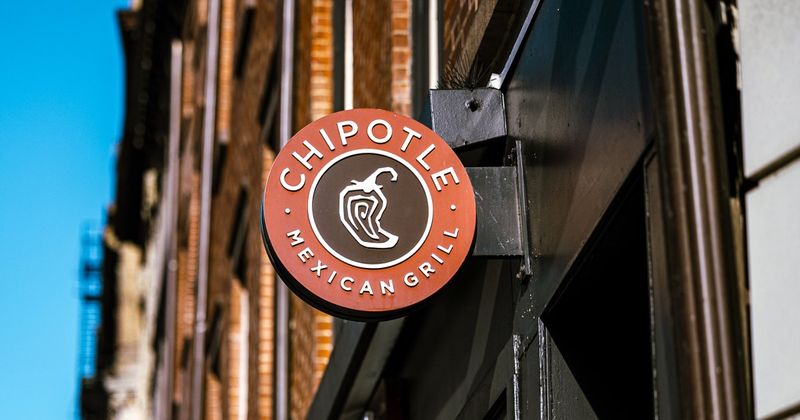
Known for its loyal customer base, Chipotle is witnessing an unusual dip in same-store sales as prices increase. The rise in costs, combined with heightened competition from similar chains, is affecting its popularity.
While Chipotle’s focus on fresh ingredients and sustainability remains appealing, the higher price point is deterring budget-conscious diners. The brand is at a crossroads, needing to balance quality with affordability.
Did you know? Chipotle was founded by a former chef who wanted to bring fine dining quality to the fast food industry.
5. Starbucks
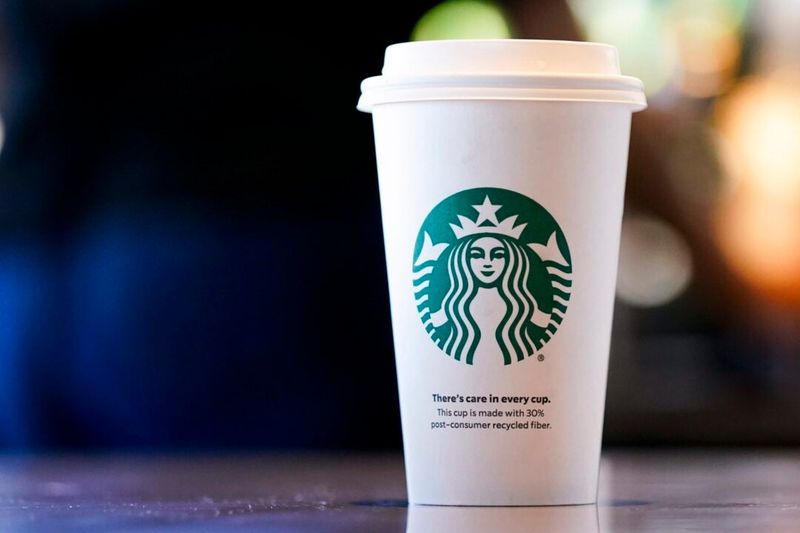
Even this coffee empire isn’t immune to changing consumer habits, seeing reduced traffic as customers cut back on premium drinks. The rising costs of specialty beverages are prompting even the most devoted coffee lovers to reconsider their purchases.
Starbucks’ global presence remains strong, yet it faces challenges in maintaining its position as a premium brand. As consumers explore artisanal coffee shops, Starbucks’ traditional model is being tested.
Fun fact: The first Starbucks store opened in Seattle’s Pike Place Market in 1971, revolutionizing coffee culture worldwide.
6. KFC
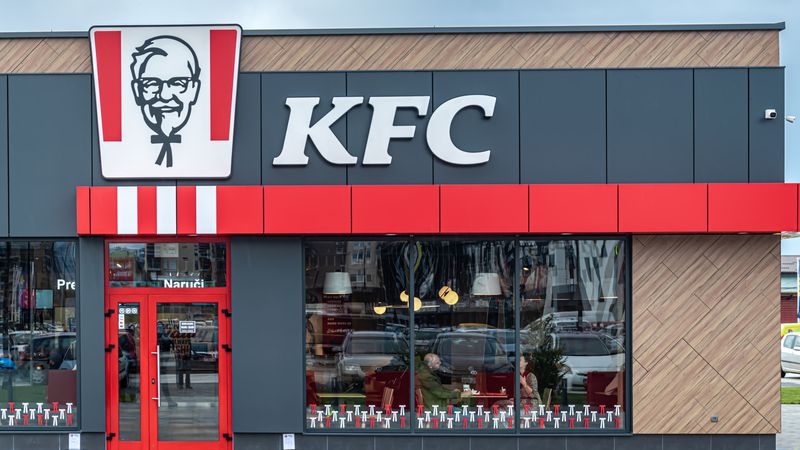
KFC is struggling to maintain relevance among younger consumers, with fierce competition in the fried chicken market. Despite efforts to modernize its menu and appeal, the brand is losing its grip on the fast food scene.
Younger demographics are leaning towards healthier options, leaving KFC to reassess its offerings and marketing strategies. The Colonel’s secret recipe may need a refresh to appeal to today’s generation.
Interesting tidbit: The original KFC recipe is locked in a vault in Louisville, Kentucky, and remains a closely guarded secret.
7. Popeyes
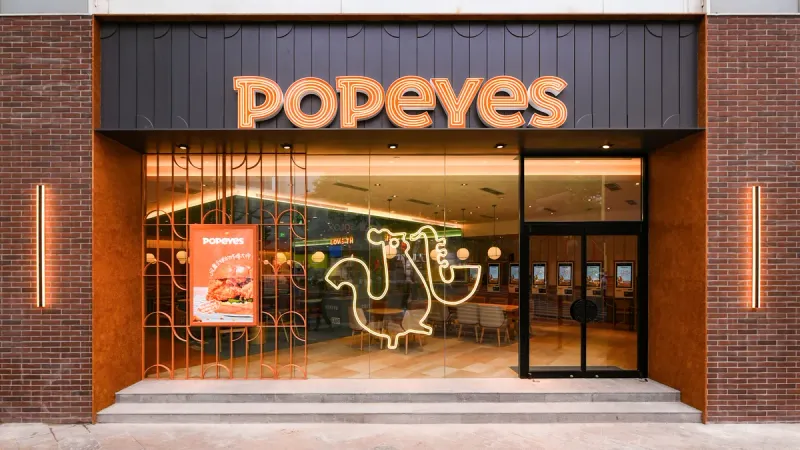
Popeyes saw a surge in popularity with its viral chicken sandwich, but the initial buzz has faded. Repeat traffic has slowed, and the brand is working to sustain interest amidst a saturated market.
The challenge lies in diversifying the menu while remaining true to its roots. Customers are increasingly seeking variety, and Popeyes must innovate to keep pace.
Did you know? Popeyes was originally named “Chicken on the Run” before rebranding to its current name in 1972.
8. Domino’s
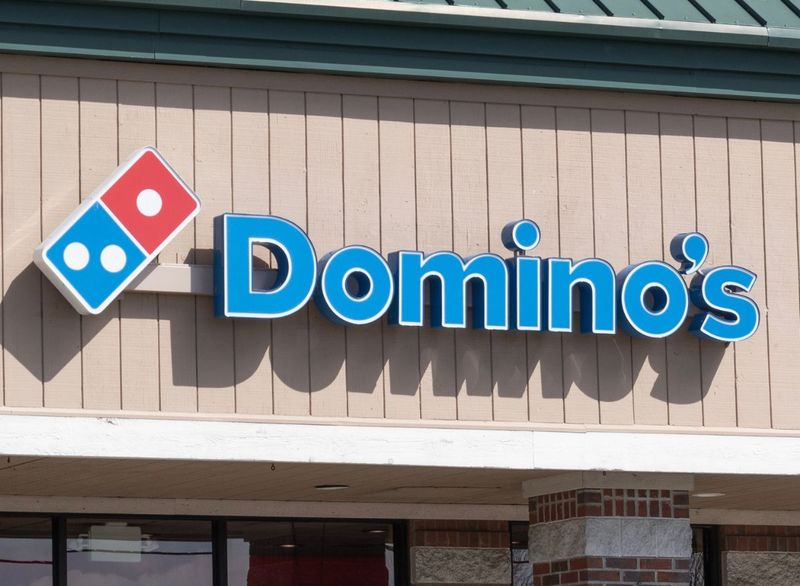
Domino’s faces challenges as delivery fatigue sets in, leading to a slip in same-store sales. The menu repetition is also causing customers to look elsewhere for dining excitement.
The brand’s focus on convenience and technology innovations is commendable, yet maintaining interest in a repetitive menu presents a hurdle. As competitors offer unique dining experiences, Domino’s must adapt to stay relevant.
Fun fact: Domino’s started in 1960 with a single store in Ypsilanti, Michigan, and has grown into a global pizza powerhouse.
9. Boston Market
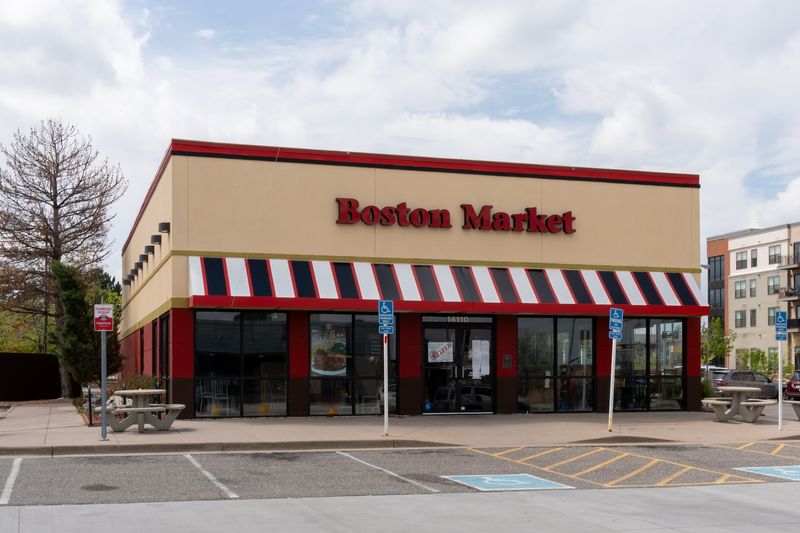
Once a comfort food staple, Boston Market is now down to a handful of locations after financial and legal troubles. The brand’s decline highlights the challenges faced by niche markets in a competitive landscape.
Attempts to modernize and expand haven’t sufficed to revive its former glory. The shift in consumer preferences towards diverse culinary options has left Boston Market struggling to keep up.
Did you know? Boston Market was originally named Boston Chicken, reflecting its initial focus before expanding to a broader menu.
10. Rax Roast Beef
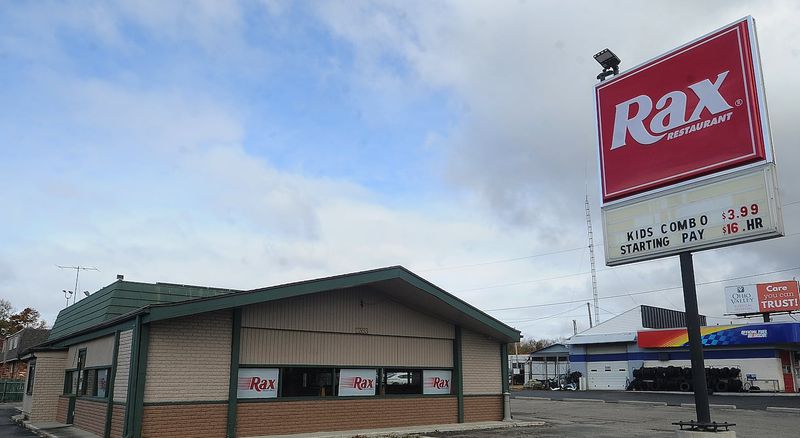
Rax Roast Beef, once boasting hundreds of locations, is now a near-forgotten brand with only a few remaining outlets. Its decline is emblematic of changing tastes and fierce competition in the roast beef market.
Despite attempts to revive the brand, Rax has struggled to gain traction in a fast-paced industry. The nostalgic appeal isn’t enough to drive modern consumer interest.
Interesting fact: Rax was known for its varied menu, including items like a salad bar, which was unique for a fast food chain.
11. BurgerFi
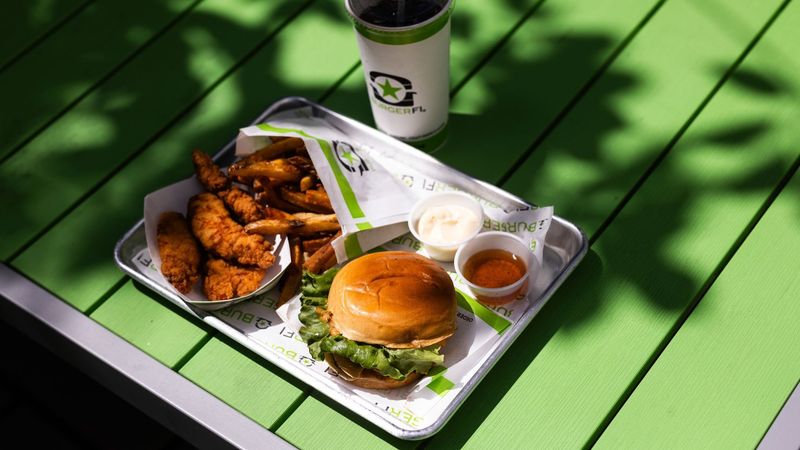
Once hailed for its gourmet burgers, BurgerFi has filed for bankruptcy, closing multiple stores after prolonged financial instability. The brand’s premium pricing isn’t resonating with budget-conscious diners.
Amidst growing competition, BurgerFi’s inability to adapt to market demands and innovate has led to its downfall. The challenge is balancing quality with affordability in an increasingly competitive landscape.
Did you know? BurgerFi’s name is a play on “Burgerfication,” reflecting its initial mission to redefine the fast food experience.
12. A&W Restaurants (US)
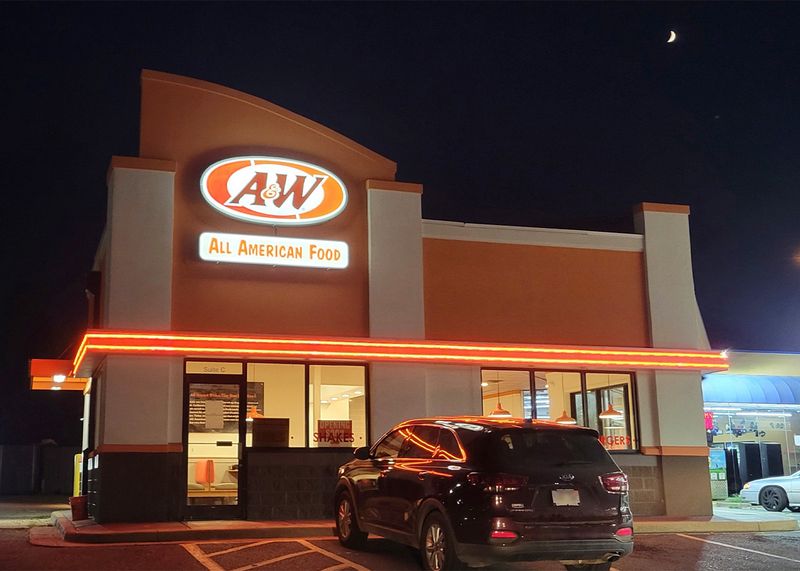
A&W Restaurants, while still nostalgic for many, is quietly shrinking its U.S. footprint year after year. The brand’s classic appeal isn’t enough to sustain its presence in a rapidly evolving fast food industry.
Efforts to modernize the menu and ambiance haven’t reversed the trend of declining store numbers. The challenge of balancing nostalgia with modern appeal remains.
Fun fact: A&W is credited with being the oldest franchise restaurant chain in America, having started in 1919.
13. CosMc’s (McDonald’s Spinoff)
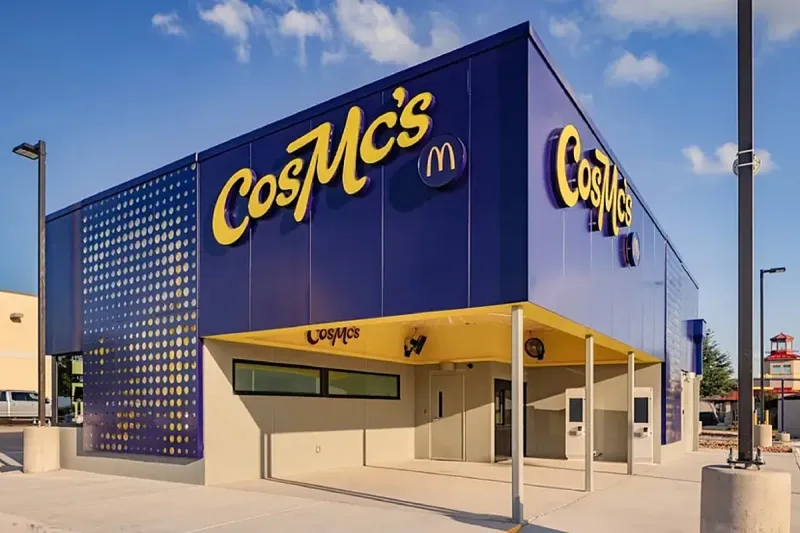
CosMc’s, an experimental coffee-focused concept by McDonald’s, failed to gain traction and has already shuttered. The ambitious project aimed to capture the coffee house market but struggled to find its place.
The initiative underscored McDonald’s attempt to diversify, yet the concept didn’t resonate with consumers. The lessons learned from CosMc’s may inform future endeavors.
Did you know? CosMc’s was named after a character from McDonaldland, reflecting a playful brand identity that ultimately didn’t translate into success.
14. Fuddruckers
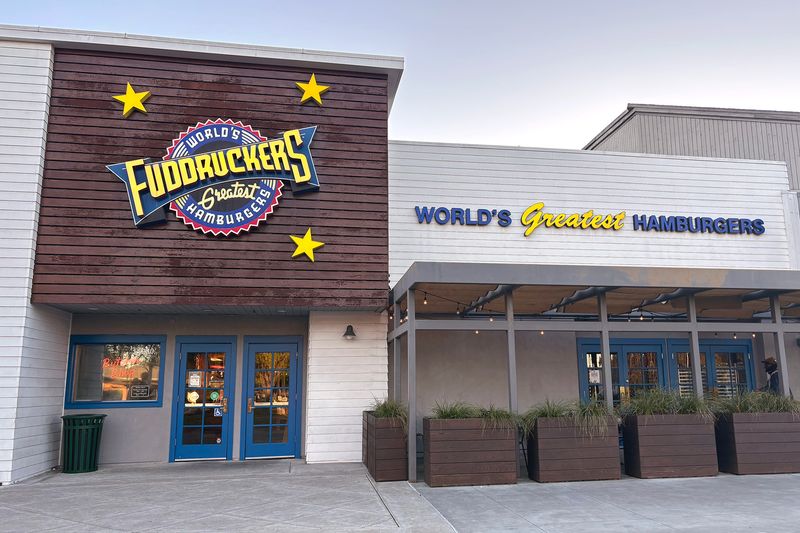
Fuddruckers, known for its build-your-own burger experience, has downsized significantly over the years. Once a popular destination, it’s now largely out of the fast food conversation.
The brand has struggled to maintain its appeal amidst changing consumer preferences and a competitive environment. The novelty of customization hasn’t been enough to sustain its presence.
Interesting tidbit: Fuddruckers was founded in 1979, at the height of the burger craze, offering a unique dining experience that’s lost its spark over time.
15. Red Lobster, Applebee’s, and Denny’s (Casual Dining Trio)
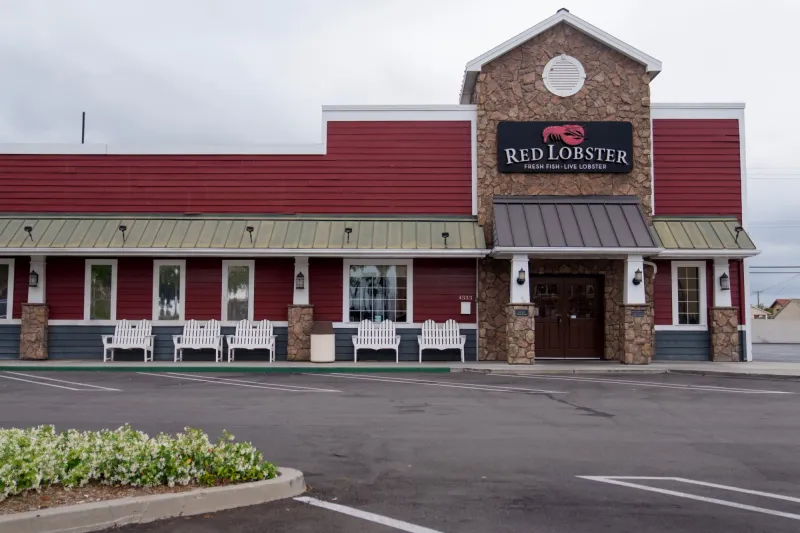
Red Lobster, Applebee’s, and Denny’s are struggling with store closures and declining dine-in traffic. The casual dining trio is losing its grip on the market as younger demographics opt for quicker, trendier options.
The shift in dining preferences towards fast-casual and delivery models is affecting these once-popular chains. The challenge is in modernization and appealing to a new generation of diners.
Did you know? Denny’s is one of the few restaurant chains that operate 24/7, offering breakfast, lunch, and dinner all day long.
